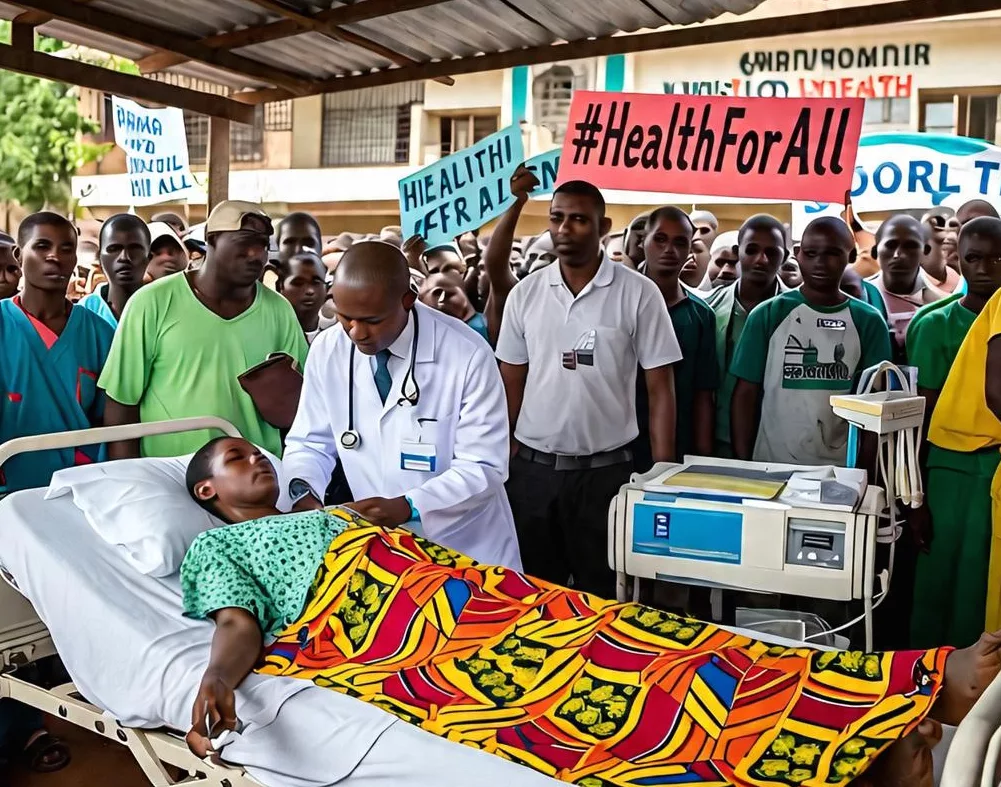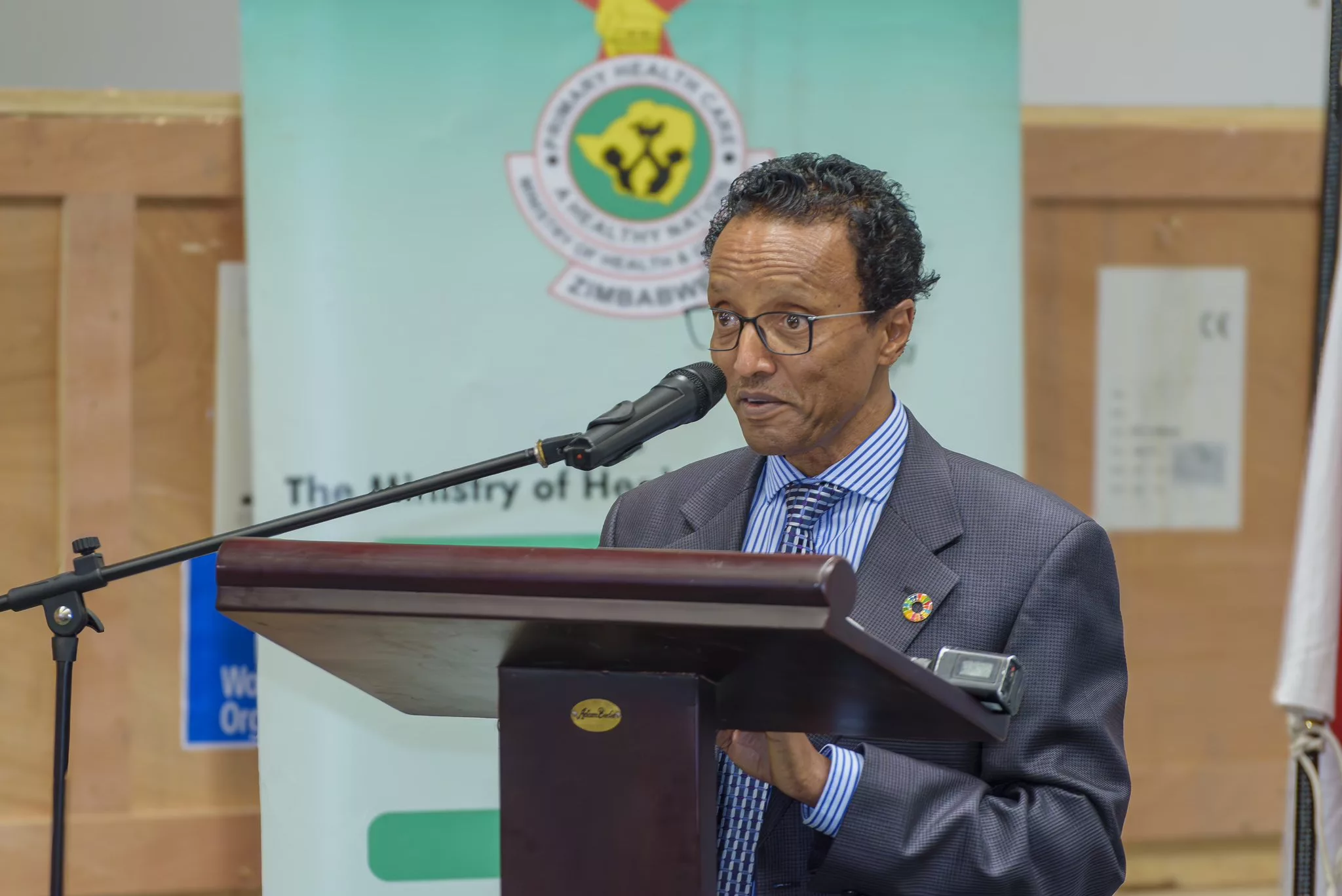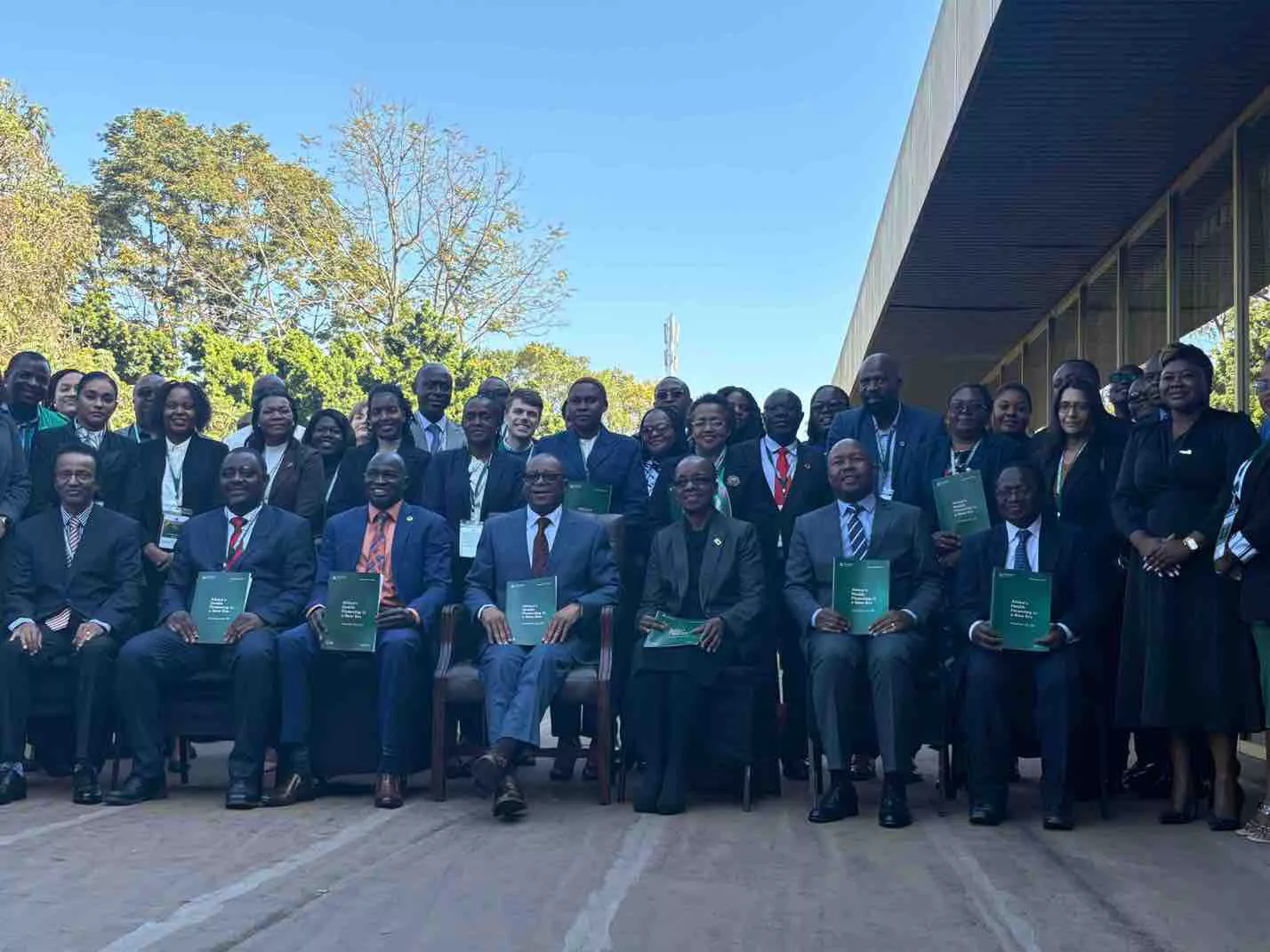By ANRS
The ANRS RalFE study coordinated by Dr Jade Ghosn (hôpital Hôtel-Dieu, APHP) and funded by the ANRS demonstrated that raltegravir free concentrations did not significantly decrease during the third trimester of pregnancy in HIVinfected women. These results were presented this Thursday, 26 July at the 22nd international conference on HIV/AIDS (AIDS 2018), being held in Amsterdam from 23 to 27 July 2018.
Antiretroviral therapy is a real challenge in pregnant women. It must be non-toxic to the foetus but also well-tolerated by the pregnant woman despite the physiological changes taking place during pregnancy. Currently, in France, treatments recommended for HIV-infected pregnant women are ritonavir-boosted protease inhibitor 3-drug regimens, except when a rapid reduction of the viral load is necessary. In the latter case, a raltegravir-based 3- or 4-drug regimen is prescribed. Raltegravir (integrase inhibitor) is an antiretroviral drug known to rapidly reduce the viral load.
Protease-based 3-drug regimens are not always well tolerated by pregnant women and, in some studies, have been associated with a risk of premature birth. Raltegravir could be an attractive alternative. However, several studies have shown that the total concentration of this drug decreases in pregnant women during the third trimester of pregnancy due to the physiological changes brought about by pregnancy.
In addition to the total fraction of the drug, the ANRS RalFE trail aims to quantify the free fraction which represents an indicator of its activity in HIV-infected women taking raltegravir-based antiretroviral therapy. Indeed, in the human body, when molecules bind with proteins they are no longer in their active form. The level of albumin, one of the main proteins involved in this binding phenomenon, is known to decrease during pregnancy. That is why is it also important to quantify the free fraction of raltegravir during pregnancy, in particular during the third trimester.
The ANRS RalFE trial, launched in 2014, was conducted in France among 43 women living with HIV. Blood samples were taken between the 30th and 37th week of pregnancy, at delivery, then between the 4th and 6th week after the birth of their child. Researchers found that the free fraction of raltegravir slightly decreased (in the order of 16%) during the third trimester of pregnancy and there was high interpatient variability. However, this decrease has no clinical impact and is not sufficient to justify increasing the dose of raltegravir during pregnancy. Lastly, among these 43 women, www.anrs.fr ANRS @agenceANRS raltegravir-based triple therapy has proved to be effective and no infants were infected with the virus.
Raltegravir offers many advantages over protease inhibitors. It has the capacity to rapidly decrease the viral load, is better tolerated by the digestive system and does not interact with other drugs. Demonstrating that dose adjustment of raltegravirbased treatment is not required during pregnancy, particularly during the third trimester, the results of the ANRS RalFE trial are very encouraging in terms of its use in HIV-infected pregnant women, subject to confirmation of its safety in pregnant women.
The ANRS is a French agency that drives and coordinates research on HIV/AIDS and viral hepatitis. The ANRS seeks to mobilise, assess, coordinate and fund research projects irrespective of the specific scientific field (this includes basic, clinical, public health and vaccine research). The ANRS brings together researchers of all disciplines both in France and abroad. It has an annual budget of approximately 50 million euros, the majority of which is allocated by the French Ministries of Research and Health. In 2012, the ANRS became an independent agency of Inserm. In total, the ANRS has funded more than 500 research projects and grants.






